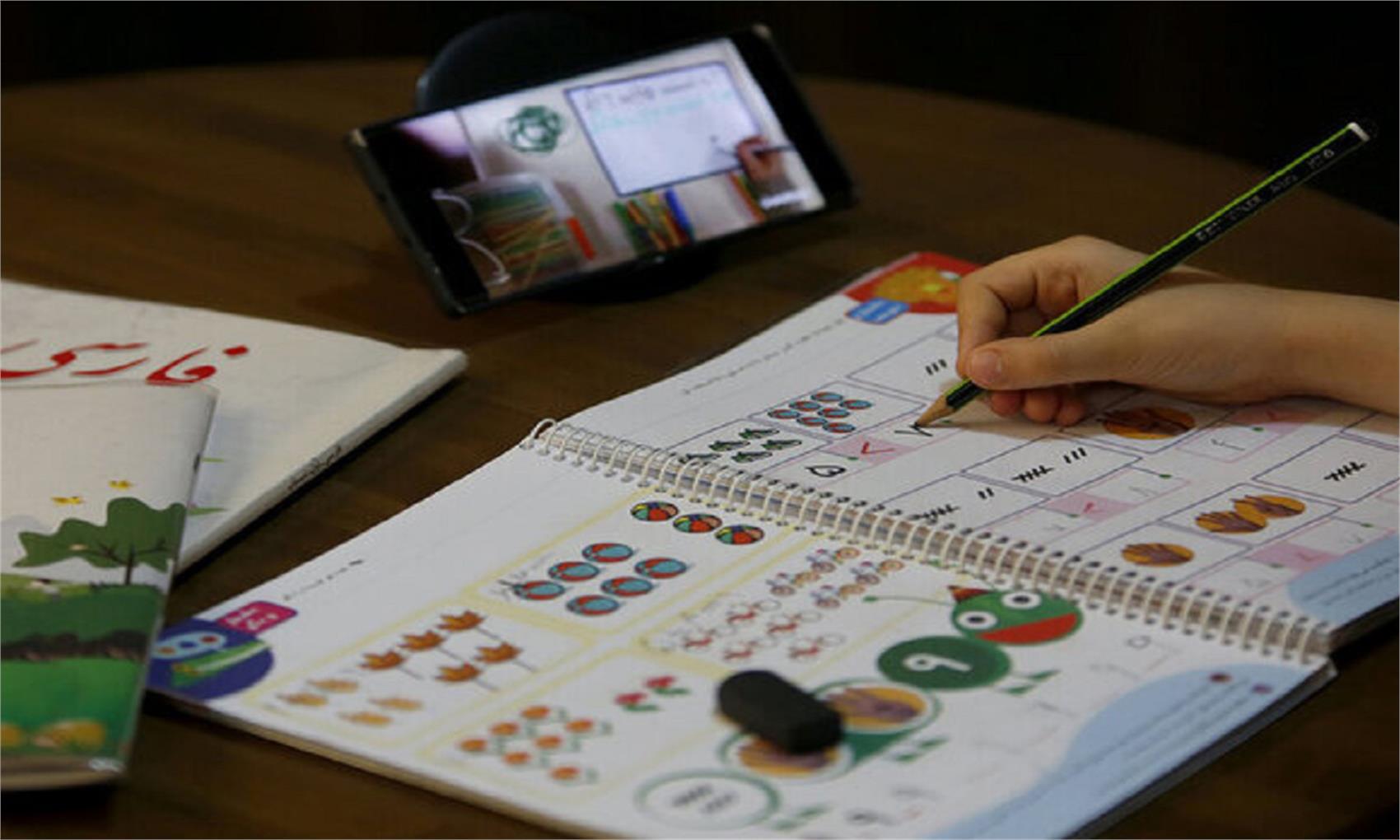To curb the spread of Covid-19, Iranian education authorities have turned to e-learning.
However, many students have been deprived of quality services due to the poor communication infrastructure in some rural areas, exacerbating the existing education disparity in Iran.
Over the past week, images were shared on social media showing students struggling with the underdeveloped infrastructure to get access to the internet.
Bringing the issue to the fore, Iran’s Ministry of Information and Communications Technologies announced that the poor quality of internet connections in some remote areas should not overshadow the expansion of ICT infrastructures all around the country in the past several years.
“The criticism can lead to constructive efforts by the ministry in trying to fill the gaps,” ICT Ministry’s website said.
Currently, 95% of Iran’s schools and over 90% of students are able to pursue their education through the internet. The remaining schools will also be connected to the broadband internet by the end of the current fiscal year (March 2021).
The problem of poor-quality internet in remote spots will soon be resolved, the ministry announced.
The supply of internet connection to schools has seen ups and downs for a long while, but the ICT and education ministries launched an initiative last year to upgrade schools into smart educational centers.
The agreement between the two ministries includes various measures, such as connecting all schools to the National Internet Network and equipping them with modern tools needed by students and teachers.
NIN is an independent network whose content is locally accessible and compatible with Islamic values.
In the first phase, the project envisaged the provision of high-speed internet connection for 76,400 schools around the country, comprising 38,333 urban and 38,067 rural schools. The project was financed from the resources of the Universal Service Obligation Plan, proposed by ICT Ministry, for providing broadband internet access to rural areas.
To realize the goals set by the project, domestic internet operators also joined hands.
Irancell company provided infrastructures for around 13,600 schools in rural areas. Mobile Telecommunications Company of Iran, also known as Hamrah-e Avval, equipped 4,482 schools with ICT requirements and the Telecommunications Company of Iran connected 19,949 schools to NIN.
TCI also fulfilled the responsibility of connecting 38,333 urban schools to the integrated network.
Rural Connection
The aforementioned achievements in e-schooling could not be realized, if the ICT infrastructures were not developed in Iran’s rural areas.
The government has extensively invested in the development of ICT infrastructure in rural areas over the past few years, which have boosted their quality of life.
Speaking in an earlier Cabinet meeting, President Hassan Rouhani said the number of rural spots with access to ICT services, especially the internet through NIN, has reached 35,519.
ICT authorities say more good news will be heard on the development of communication and internet infrastructure in rural areas by the end of the current fiscal year (March 2021).
In South Khorasan Province, work is underway to connect 21 villages in Boshrouyeh County in the coming months.
Mostafa Behi, the head of the provincial ICT organization, told reporters that four ICT stations have been set up in Boshrouyeh to provide high-speed broadband internet for rural areas.
“The stations will become operational, as soon as they are equipped with the necessary gear,” he said.
Ladan Mahdavi, the head of ICT Organization in Markazi Province, said provincial officials say that since 2013, the number of villages with an internet connection has tripled and reached 1,082, accounting for 93% of all villages in the province.
As planned, she added, more spots are on the connectivity list for the current fiscal year.
According to the Communications Regulatory Authority, the installation of 1,250 ATMs has facilitated micro banking services in rural areas.
These teller machines are expected to increase to 2,250 by the end of the current fiscal year.
CRA reported that by June 20, the number of registered broadband internet subscriptions reached 82.6 million, 73.3 million of which used mobile internet connections and 9.2 million were connected to landline internet.
The data show internet service penetration rate has reached 98.33%, registering an 8.33% increase compared with the same day of last year.
The ICT Ministry plans to provide access to speedy connections to all villages with over 20 households by March 2021.
Officials believe that increasing the access of users, corporations and organizations to the internet can increase economic productivity and promote social welfare. Internet access increases traditional business activities and interactions.
For instance, rural craftsmen and farmers in Iran are now able to conduct their businesses through online platforms, directly interact with customers and sideline middlemen.
The promotion of ICT in rural areas also helps build novel industries and businesses.


